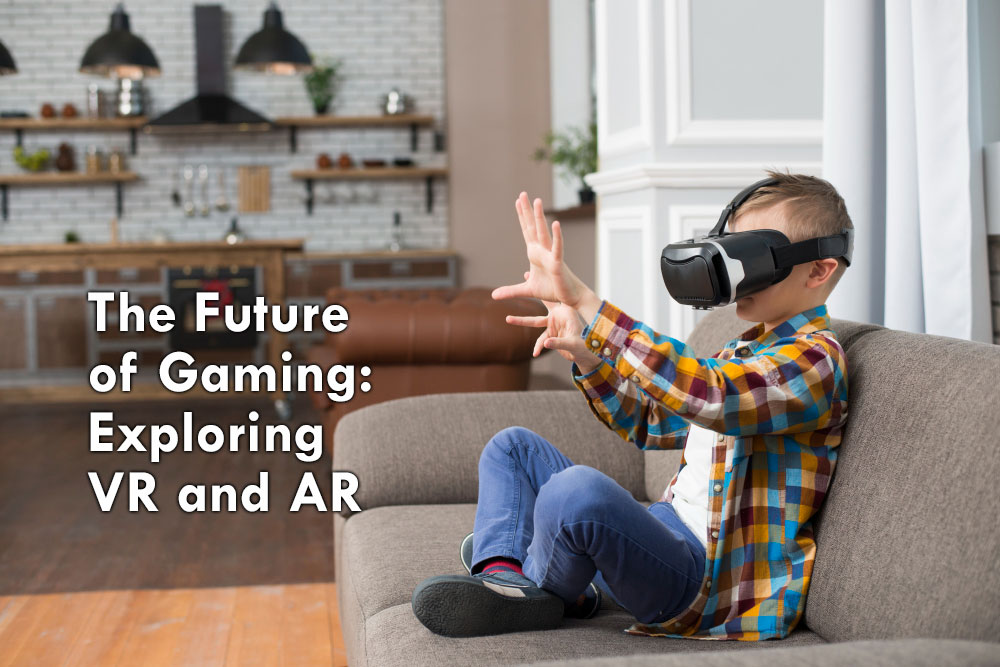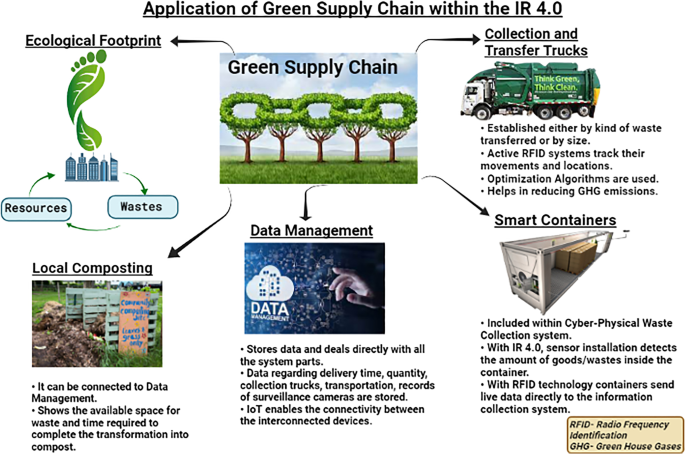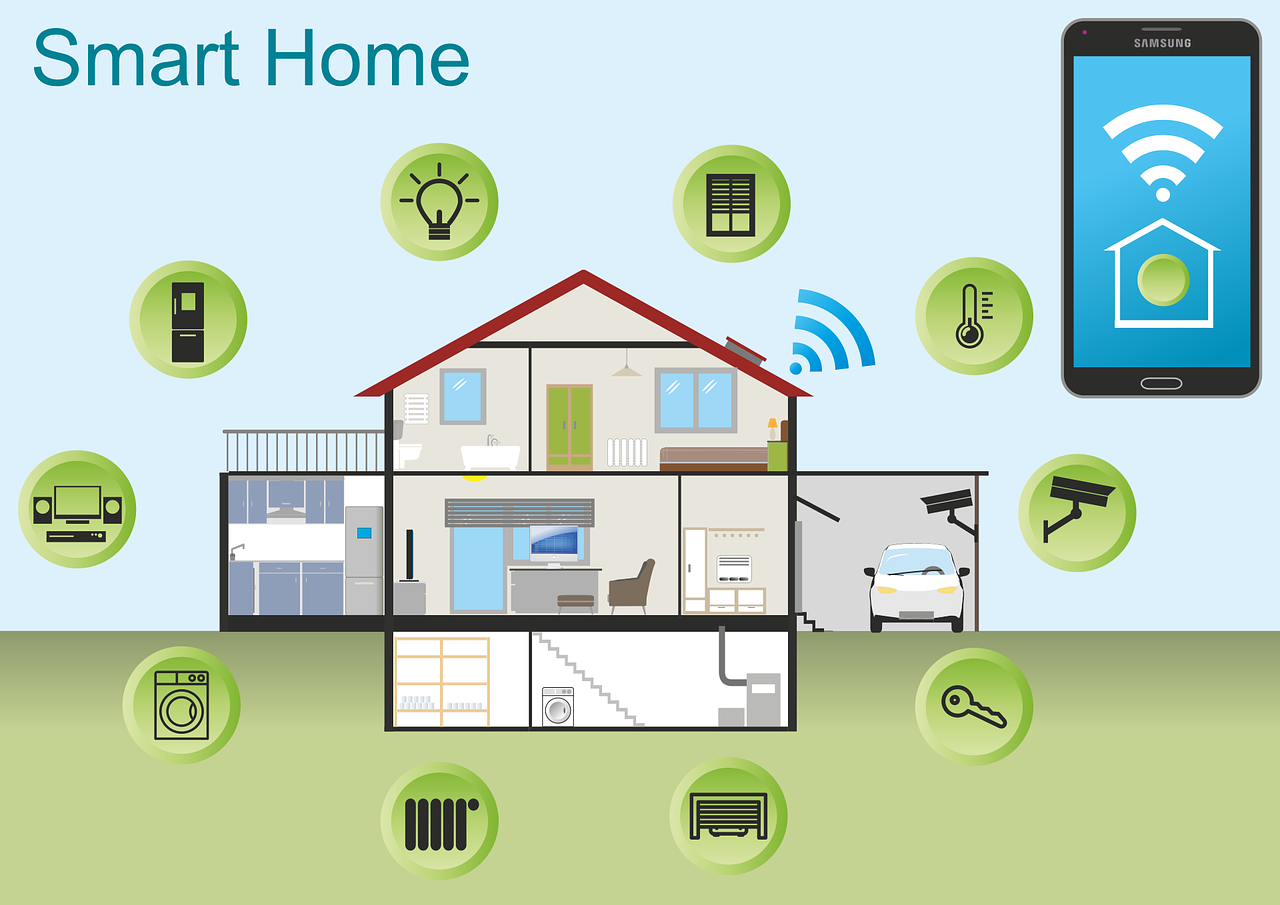Virtual and Augmented Reality (VR/AR) are innovative technologies that allow users to immerse themselves in digital experiences. They have already made significant strides in revolutionizing different industries, including gaming, education, healthcare, and manufacturing.
But what are the boundaries of VR/AR? How far can this technology go in terms of enhancing human experiences? In this blog post, we will explore the various ways that VR/AR is pushing the boundaries of what we thought was possible and the impact it could have on our lives.
1. Enhanced Immersion with Haptic Feedback
Haptic feedback is the technology that allows users to feel sensations in their virtual reality experience. This technology involves the use of haptic gloves, suits, or sensors attached to the user’s body. These devices mimic the sense of touch, adding another layer of immersion to the VR experience. This technology has the potential to enhance VR/AR applications in medical simulation, telepresence, and gaming, making it more lifelike and immersive.
2. Augmented Reality for Enhanced Real-World Interactions
Augmented Reality (AR) involves overlaying virtual content on the real world. AR headsets, such as Microsoft’s HoloLens, are now being used in training and educational applications, allowing trainees to interact with virtual content in a real-world environment. AR is also used in manufacturing, allowing workers to see virtual instruction manuals overlaid on the real-world object they are working on, reducing the likelihood of errors.
MUST READ: What is Zero Day Exploit and How to Protect Against It?
3. VR/AR for Remote Collaboration and Telepresence
The Covid-19 pandemic has demonstrated the need for remote collaboration tools. VR/AR can take this a step further by providing a more immersive and interactive experience. Virtual meeting spaces can give the impression of being in the same room as your colleagues, making it easier to collaborate on projects. The use of telepresence robots could also allow people to experience remote locations virtually, whether for work or leisure.
4. Using VR/AR for Therapeutic Purposes
VR/AR is also being used in therapeutic settings, such as for exposure therapy for phobias. This technology allows people to face their fears in a controlled environment, helping them overcome their phobias. VR/AR technology is also being used in physical therapy to improve mobility and aid rehabilitation.
5. Aiding Visually Impaired People with VR/AR
Finally, VR/AR is also being explored as a way to aid visually impaired people. The use of haptic feedback and spatial audio could help people with visual impairments navigate their environment better. AR glasses have already been developed that can detect and label objects, helping visually impaired people recognize what is in front of them.
In conclusion, the boundaries of VR/AR technology are constantly being pushed, and the possibilities for innovation and development are endless. This technology has already revolutionized different industries, and as it continues to evolve, it is expected to arrive at innovative solutions that give us a better experience in the virtual and real-world. The future of VR/AR is bright, and we can expect to see further impressive advancements in this field.











